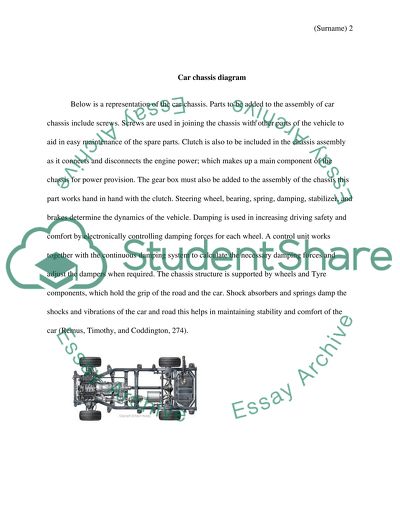Mechanical properties of chassis Assignment Example | Topics and Well Written Essays - 500 words. Retrieved from https://studentshare.org/engineering-and-construction/1622074-engineering-primary-process
Mechanical Properties of Chassis Assignment Example | Topics and Well Written Essays - 500 Words. https://studentshare.org/engineering-and-construction/1622074-engineering-primary-process.


